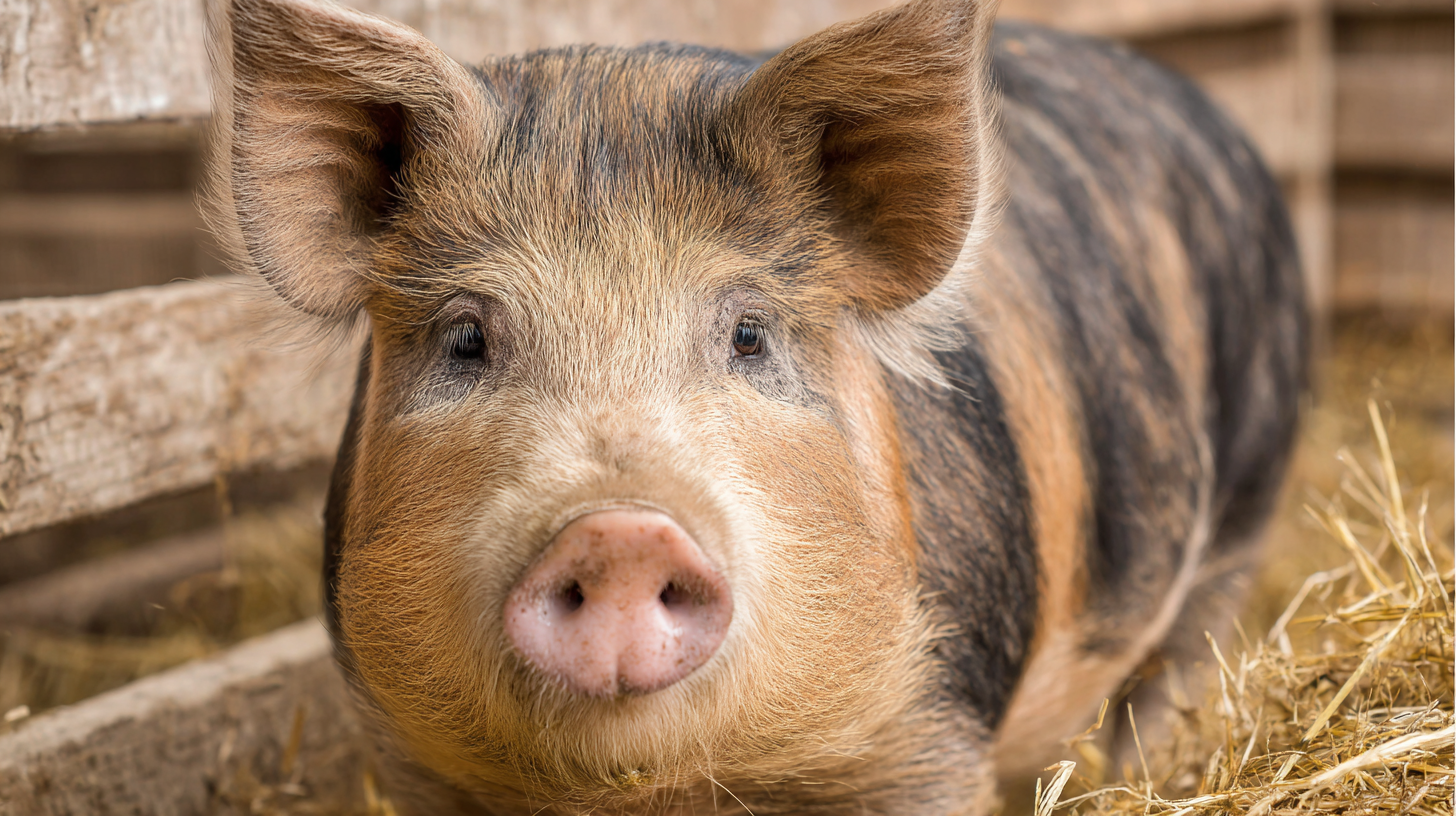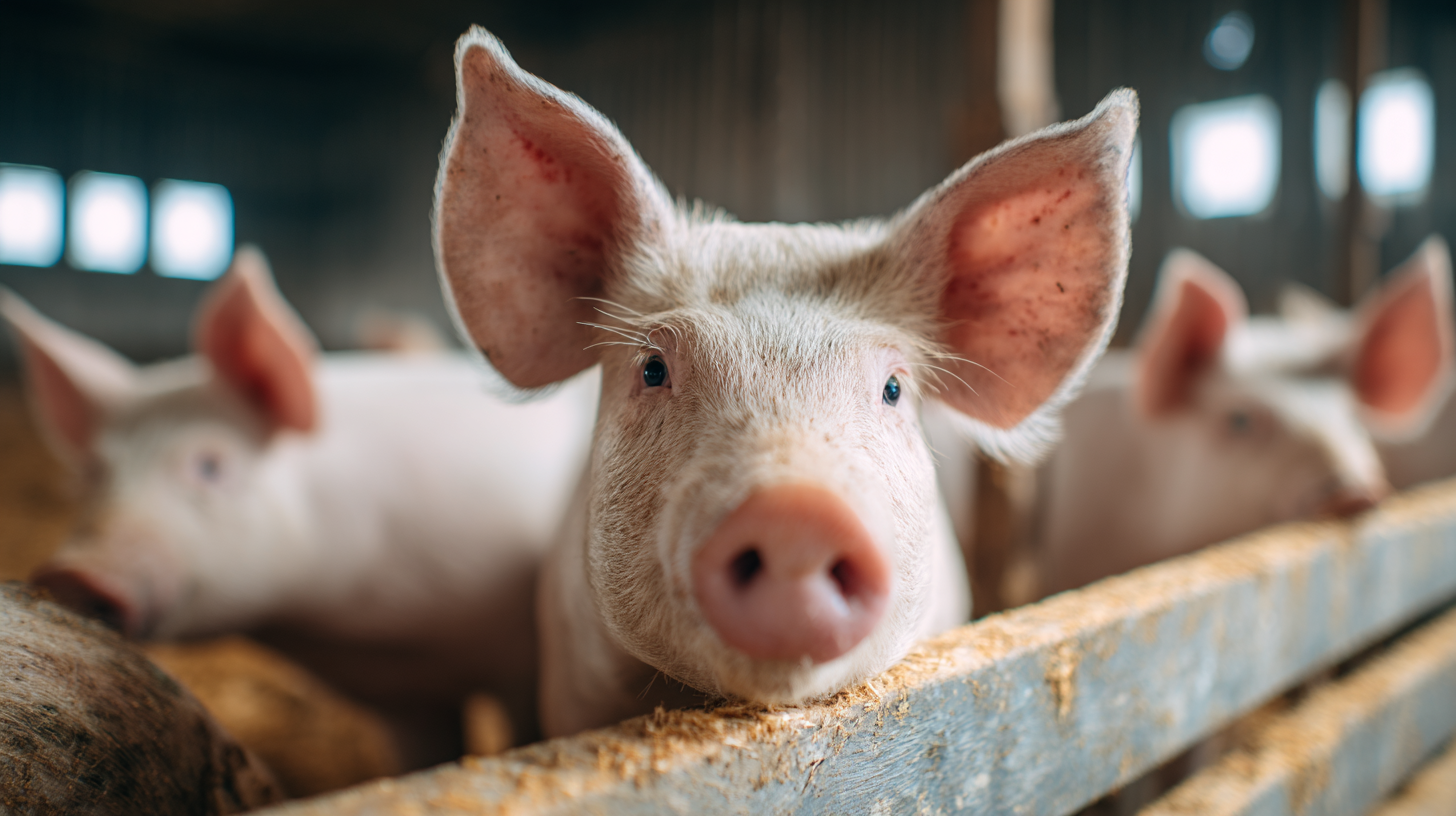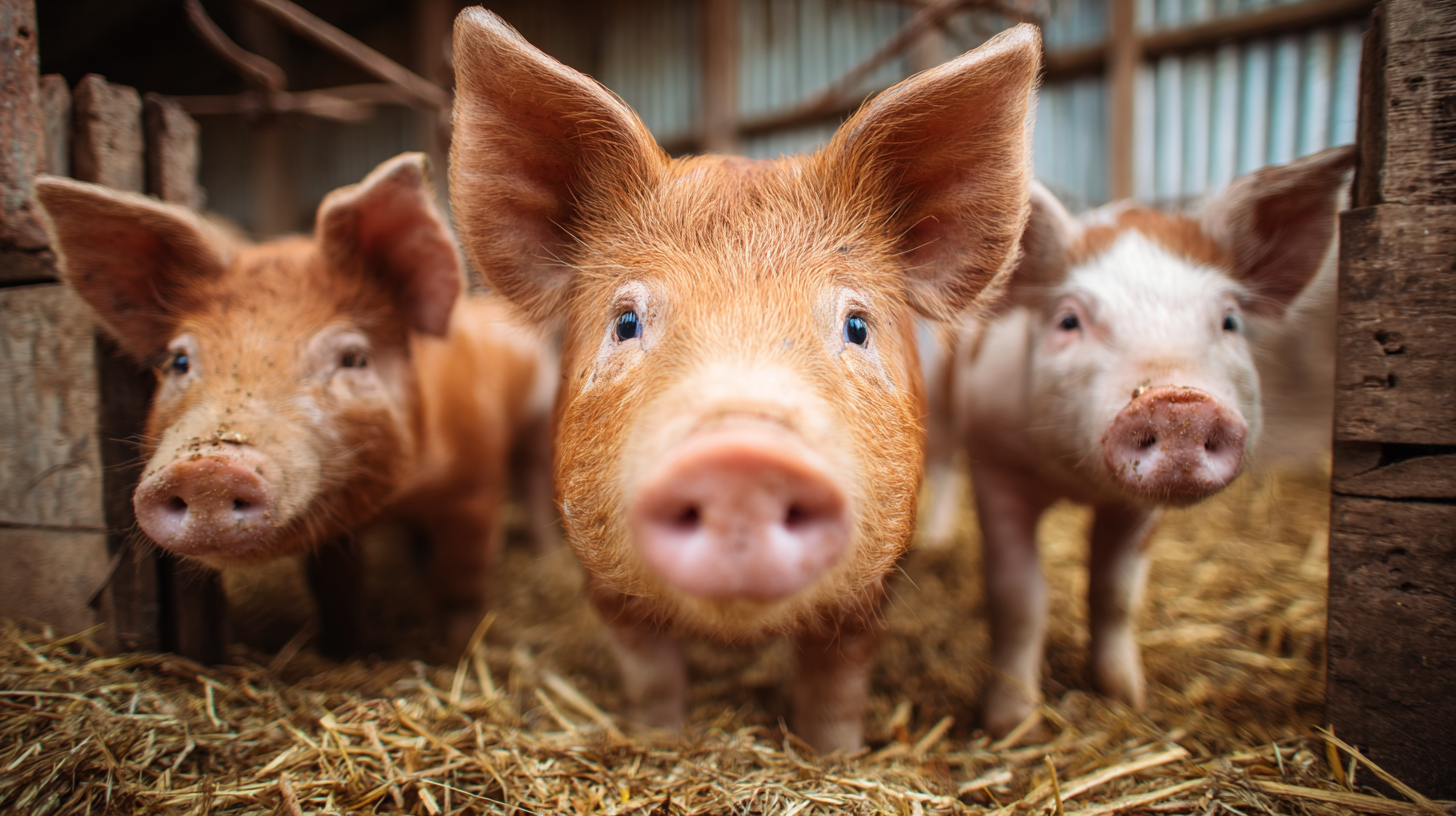In modern farming, maintaining biosecurity is essential for the health and productivity of livestock, particularly in pig farming. A critical component of this biosecurity is the effective use of Pig Pen Disinfectant, which plays a vital role in preventing the spread of infectious diseases among swine. According to the American Association of Swine Veterinarians, effective disinfectants can reduce pathogens by up to 99.9%, significantly lowering the risk of outbreaks that can devastate herd health and farm profitability. However, with a plethora of products available, farmers often face challenges in selecting the most suitable disinfectant for their specific needs. Factors such as active ingredients, application methods, and environmental compatibility must be considered to ensure optimal efficacy. This blog will provide top strategies for choosing the best Pig Pen Disinfectant, helping farmers safeguard their operations while promoting the well-being of their animals.

In pig farming, maintaining a clean and hygienic environment is crucial for the health and productivity of the animals. Disinfectants play a vital role in this, as they help eliminate pathogens that can cause diseases among pigs. Effective sanitation not only protects the animals but also enhances overall farm efficiency. This is especially important in a confined setting, where the risk of disease transmission is heightened due to close proximity.
Choosing the right disinfectant is essential for achieving optimal results. Factors such as effectiveness against specific pathogens, safety for the animals, and compatibility with existing cleaning protocols must be considered. Additionally, understanding the application methods and the required contact time for the disinfectant to work effectively can prevent future outbreaks and contribute to the overall well-being of the herd. Prioritizing the right disinfectant can lead to a healthier farm environment, ultimately boosting productivity and profitability.
| Disinfectant Type | Effectiveness Against Pathogens | Contact Time (Minutes) | Safety for Pigs | Cost per Gallon |
|---|---|---|---|---|
| Quaternary Ammonium Compounds | Effective against Gram-positive bacteria | 10 | Generally safe with proper dilution | $15 |
| Chlorine Bleach | Broad-spectrum effectiveness | 5 | Should be used with caution around animals | $10 |
| Hydrogen Peroxide | Effective against viruses and bacteria | 15 | Less toxic, safe for animals | $20 |
| Organic Acid Solutions | Effective against bacteria and fungi | 10 | Safe for livestock | $25 |
| Iodophors | Effective against bacteria and viruses | 10 | Generally safe | $18 |
When selecting a disinfectant for pig pens, understanding the common types available can greatly influence the effectiveness of your biosecurity measures. The most prevalent disinfectants include quaternary ammonium compounds, phenolic compounds, and hydrogen peroxide. Quaternary ammonium compounds are widely favored for their ability to eliminate a broad spectrum of bacteria and viruses while being safe for animals when used properly. These are common choices for routine cleaning but can be less effective against certain pathogens, such as certain strains of bacteria and viruses that form spores.

Phenolic compounds, on the other hand, provide a robust option for disinfection due to their powerful germicidal properties. They are particularly effective against tough pathogens, including Salmonella and E. coli, making them suitable for outbreaks. However, care must be taken as these can be more toxic to animals if not rinsed properly.
Hydrogen peroxide, noted for its eco-friendliness and strong oxidizing properties, serves as another option that decomposes into harmless water and oxygen. While effective as a cleaner and disinfectant, its ability to penetrate biofilms should be kept in mind to ensure proper effectiveness in pig pens. Each of these disinfectant types has unique strengths, making it essential for pig farmers to evaluate their specific needs and circumstances.
When selecting a disinfectant for pig pens, safety considerations must remain a top priority. Recent studies reveal that some common disinfectants can pose risks not only to the animals but also to farmworkers. For instance, the Centers for Disease Control and Prevention (CDC) has reported that exposure to certain chemical disinfectants can lead to respiratory issues and skin irritations in humans. Therefore, it's essential to choose products that are both effective against pathogens and safe for handling in confined spaces where pigs live and interact.
Moreover, the effectiveness of a disinfectant can sometimes compromise its safety profile. A report from the National Pork Board highlights that over-concentration of active ingredients in disinfectants can lead to toxic residues that endanger animal health. Research indicates that using disinfectants with lower toxicity ratings, yet still having proven efficacy against common pathogens like Porcine Reproductive and Respiratory Syndrome Virus (PRRSV), is critical. Products with EPA registration and clear safety data sheets can help ensure that both animal welfare and worker safety are maintained on farms. Adopting a well-researched approach in choosing pig pen disinfectants ultimately benefits the entire farming operation.
When selecting a pig pen disinfectant, cost-effectiveness is crucial, especially for farm operations managing tight budgets. One effective strategy is to evaluate the concentration of the disinfectant. Highly concentrated products may seem expensive upfront, but they often require smaller quantities per application, which can significantly reduce long-term costs. Additionally, purchasing in bulk or through cooperative buying groups can lead to discounts and lower per-unit prices, making it easier to choose a high-quality disinfectant without overspending.
Another key consideration is the disinfectant's efficacy and spectrum of activity. Opt for products that are proven to be effective against a broad range of pathogens, including bacteria, viruses, and fungi. While some disinfectants might appear cheaper, they may not be as effective, leading to potential health issues and increased veterinary costs down the line. Look for those that have been tested in real-world conditions similar to your farm environment. Always factor in the overall value of the disinfectant, including its effectiveness, ease of use, and the time saved during application, to ensure you make the best economic choice for your farm.
When implementing disinfectants on your farm, it’s crucial to follow best practices to ensure effectiveness and safety for both livestock and workers. Start by thoroughly cleaning the pig pens before applying any disinfectant. This step removes organic matter that can shield pathogens from the disinfectant, making the subsequent disinfection less effective. Use a pressure washer or a hose with a strong spray to dislodge dirt, manure, and feed residues. Following this, allow the area to dry completely, as many disinfectants work best on dry surfaces.

Once the area is prepped, systematically apply the chosen disinfectant. Ensure you follow the manufacturer's instructions regarding dilution rates and application methods. Use a backpack sprayer or a fogger for even distribution, particularly in hard-to-reach areas. Moreover, it's important to allow sufficient contact time for the disinfectant to act effectively against pathogens. Regularly rotating disinfectants with different active ingredients can also help mitigate resistance. Lastly, keep a detailed log of your disinfection procedures, noting dates, products used, and areas serviced, to track the effectiveness of your sanitation efforts and make adjustments as needed.
